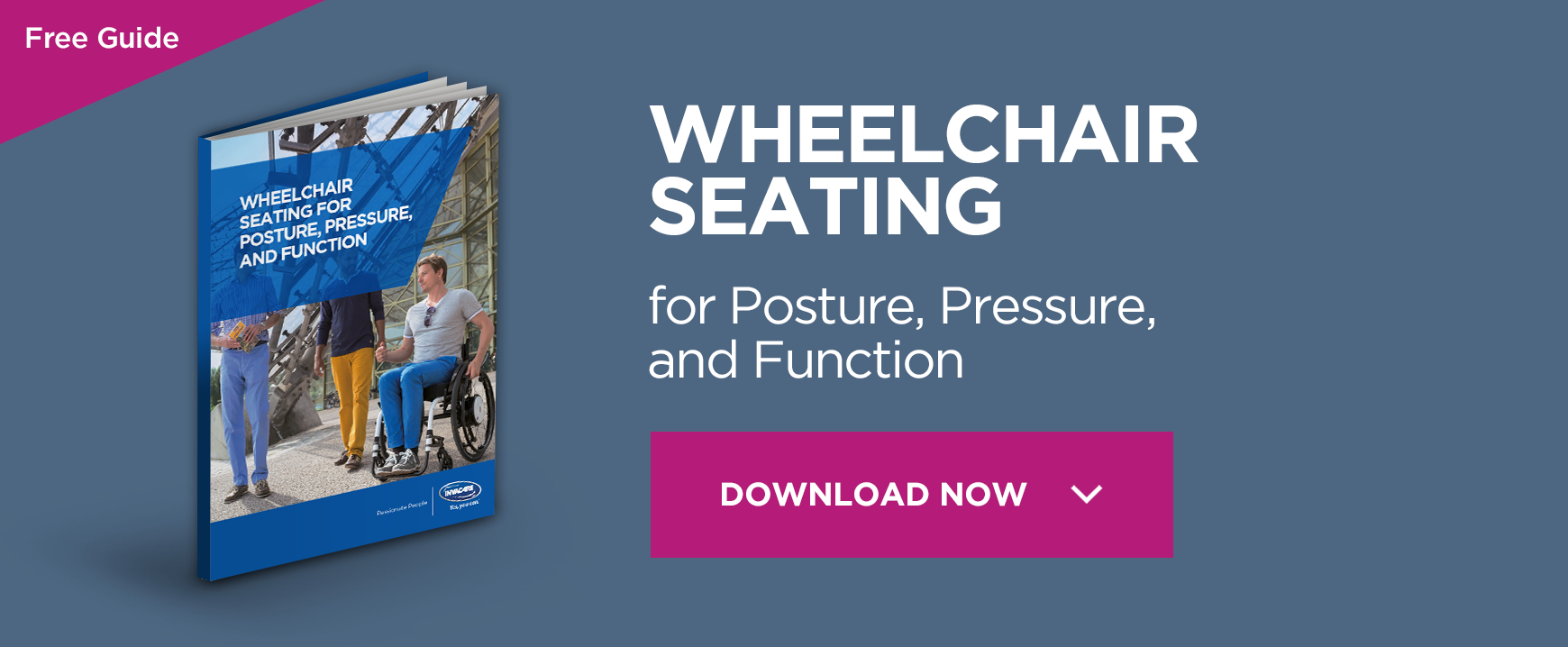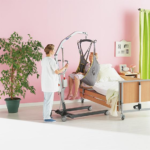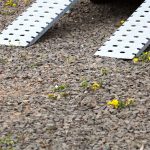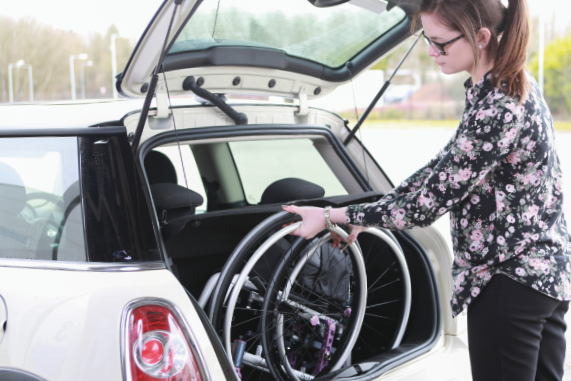Hoists and slings – what is on the market?
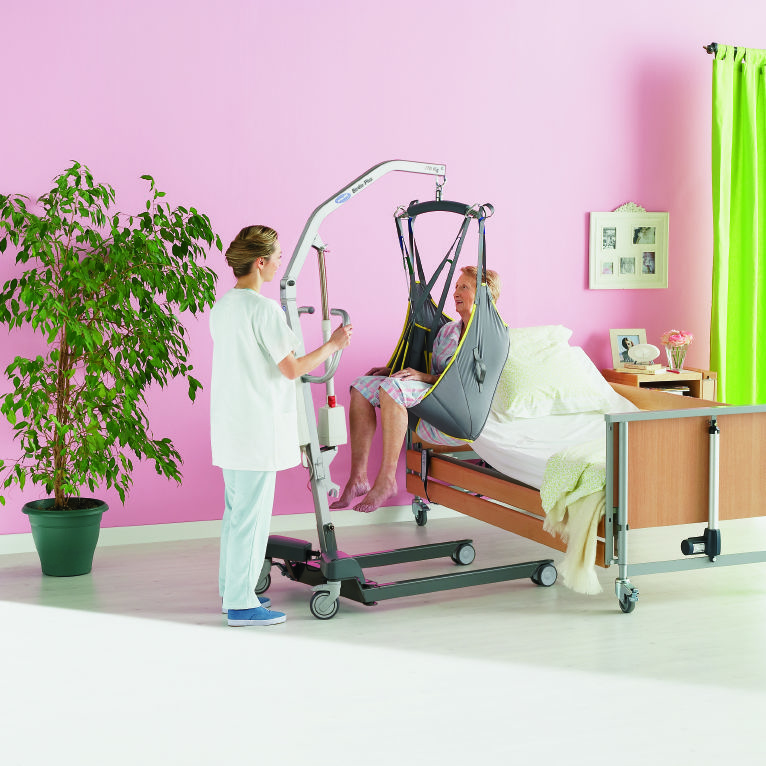
A device used to move a patient from place to place is important.
Therefore, when choosing a hoist and sling it is important to be aware of what is available and the factors you need to take into consideration before making your selection.
Hoists
There are several different types of hoists all designed for people with differing functional abilities:
Powered Stand aid
- a mechanical mobile hoist
- Assists the user into standing
- Transports the person from one seated position to another.
- The user must be able to weight bear through their legs/able to understand instructions.
Full body Mobile Hoist
- Takes the users full body weight
- Transport from lying or seated position.
- On casters and can be moved from room to room.
- Various sizes including smaller full body hoists designed to be dismantled to take on holiday.
Overhead hoist
Designed to take the user’s full weight:
- Ceiling track- a track is attached to the ceiling, allowing the hoist to be easily moved along a single/curved track.
- Gantry system- the overhead hoist runs on a frame located above the user.
How to select the correct hoist
- Weight bearing ability: can the person weight bear through their legs at all? If so a powered stand aid may be appropriate. However if unable, use of a stand aid will be unsafe and cause potential injury to the person as they will be drag lifted into standing by the hoist and sling.
- Sitting balance/trunk control: If the user lacks this then full body hoist is required. To use a powered stand aid the person must be able to maintain sitting balance either independently or with some physical assistance to ensure the chest sling can be correctly fitted and to engage with the stand.
- Body shape-the needs and capability of the person operating the hoist needs to be considered to ensure they can safely operate the hoist. The weight of the person being hoisted needs to be reviewed to ensure it is within the manufacturers recommendations for the hoist/not posing risk to the hoist operator-a ceiling track may need to be considered.
- Environment:
- Is there space to turn the hoist?
- Can the hoist move between rooms?
- Floor surface-is this carpeted? Laminate flooring? Door threshes?
Slings
As with hoists, there is an extensive range of slings available each with a differing purpose:
Sling Design
Chest sling – used with the stand aid it is designed to assist the user into a standing position, the user requires the ability to maintain sitting balance and good trunk control.
Universal – designed to support the whole body, there are several variations available offering different postural support for example some designs support the shoulders, however if the user experiences neck pain or has difficulty controlling their head, a universal with head support may be required.
Toileting – this supports the trunk and thighs but allows for easy carer access during toileting and allows lower clothing to be lowered and raised with the sling in position. Users of this sling must have good trunk control in order to maintain an upright position when using it.
Hammock – supports the whole body and head and can be used for amputees.
Sling Fabric
Polyester – dries fast after washing and is easy to apply.
Net – useful for tasks involving bathing as the holes easily allows for drainage of water.
Spacer – 3 dimensional mesh, adapts to the users body shape and can be left under a seated client therefore reduced the need for removal/reapplication which may be difficult particularly in sitting.
Sling Size
Most manufacturers offer several sizes for each sling type, as a minimum Small, medium and Large, although it is possible to get bespoke sling provision for those whom the standard sixes are not appropriate.
It is important to ensure that the sling is large enough that it is not digging into any areas of the body which could cause injury/increased risk of pressure damage but equally that it is secure and there is not excess material.
Hoists and slings are imperative in allowing engagement in daily occupations for many, the vast array of variations available reinforces their demand and importance.


